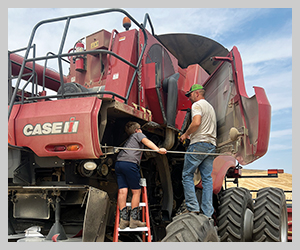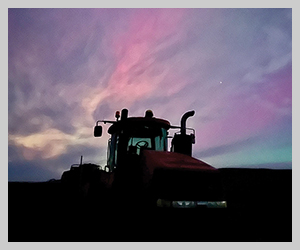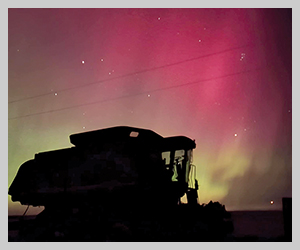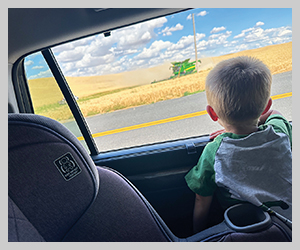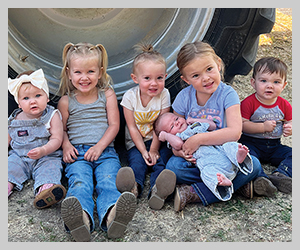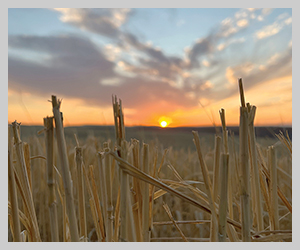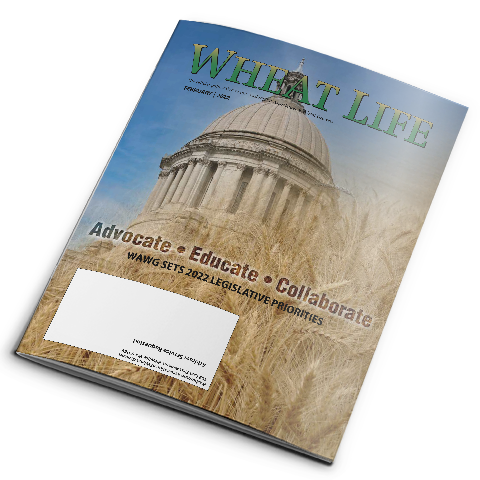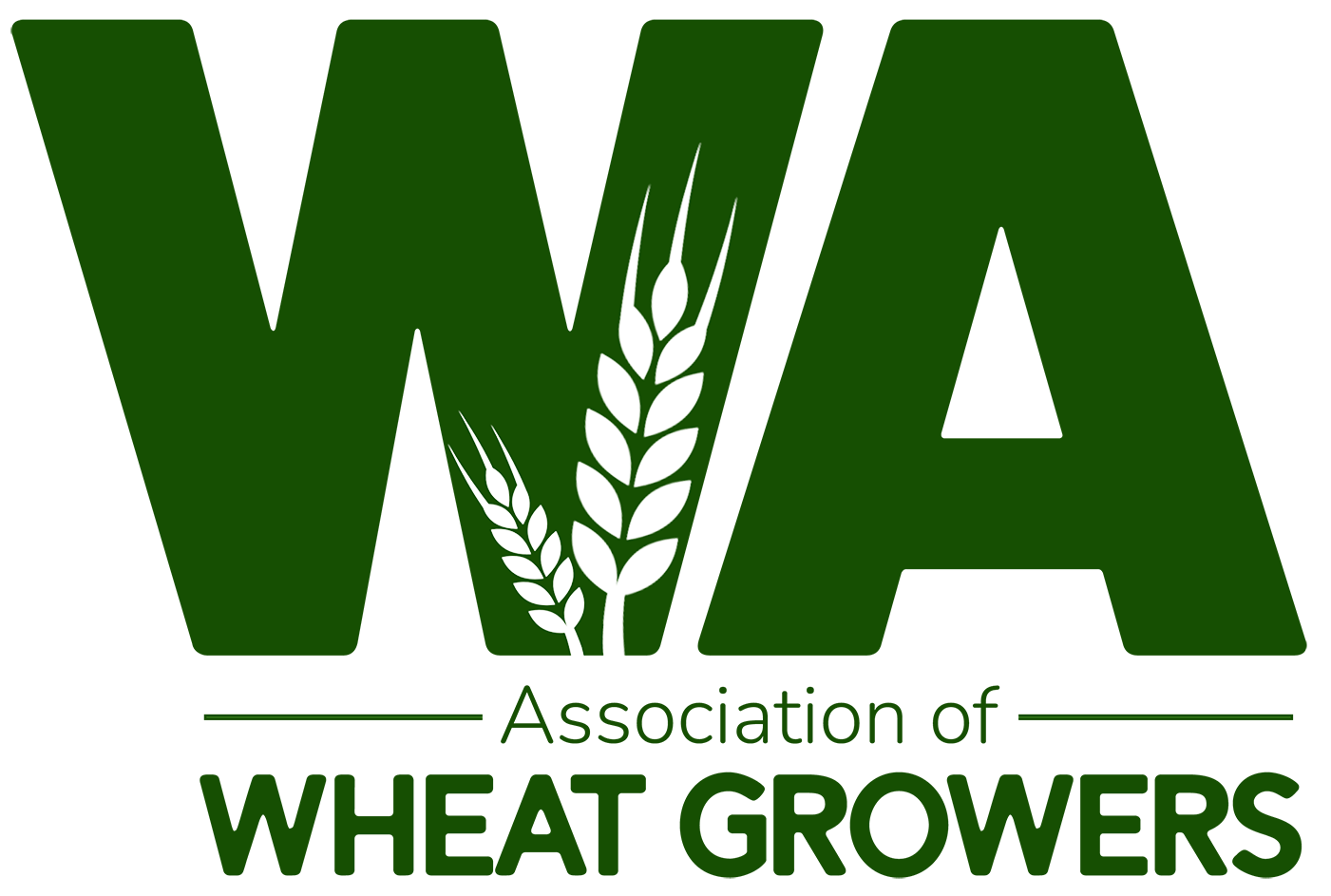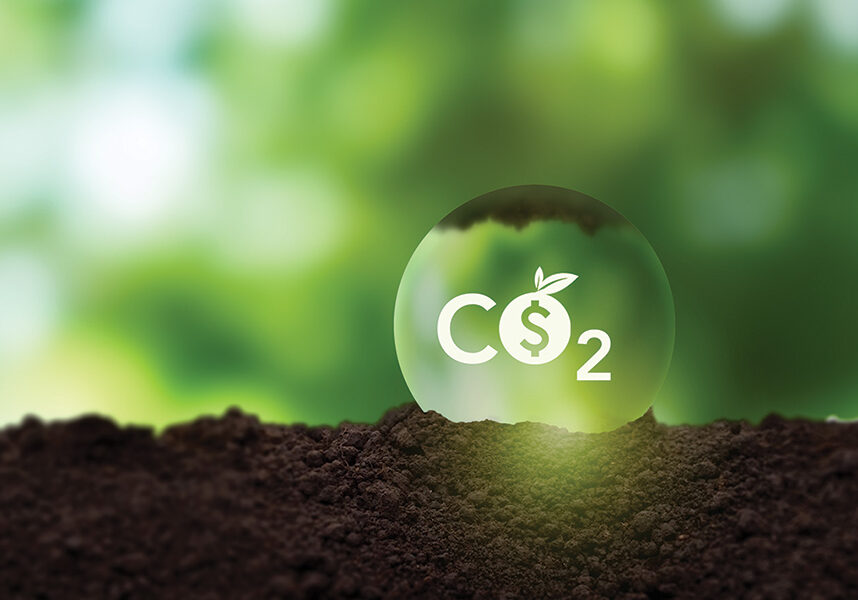
Pacific Northwest (PNW) dryland wheat growers often feel like square pegs trying to fit round holes when it comes to programs designed with Midwest farmers in mind. That’s still the case with carbon credit programs. Even as the carbon credit landscape continues to develop, opportunities for Eastern Washington farmers remain limited.
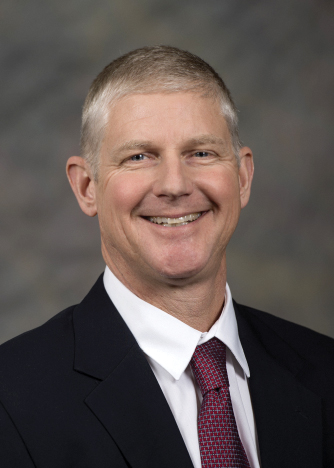
Director, Washington State University’s Center for Risk Management
Shannon Neibergs, director of Washington State University’s (WSU) Center for Risk Management, says there are several factors for that, including a rapidly evolving market of private sector carbon offset buyers, a common requirement — called additivity — that only new practices are eligible, and the uncertainty around using cover crops in a region with variable rainfall.
“Many PNW farmers that have already adopted no-till or reduced-till production practices are not eligible, thus reducing the market size. Measurement, reporting and verification of the carbon offset generated is a challenge,” Neibergs said in an email.
Both buyers and sellers are paying more attention to the potential risks of carbon markets. Neibergs said carbon offset buyers are increasingly requiring soil testing to verify and measure carbon sequestration, transferring more risk to growers. Participants in the space also generally acknowledge that the carbon science is immature relative to what is actually being sequestered over time under different farming practices.
More risks involve what Neibergs calls “carbon market permanence,” or the idea that no actions are to be taken to reverse the carbon sequestration. Most of the time, that permanence is defined as at least 100 years. For example, no-till growers who occasionally use deep tillage to manage compaction, excessive stubble or as a weed control measure would be left without that management tool.
Permanence also needs to be considered in a policy light. As Neibergs pointed out, regulated carbon markets that establish cap and trade market conditions by policy, rather than consumer demand, are always at risk from future policy changes. That could jeopardize capital investments made in hopes of a future investment return.
In the past year, there’ve been a number of significant, carbon-related actions at the state and federal level that are adding to both fiscal and political uncertainties around carbon markets. In February, Washington state held the first of four cap-and-trade auctions, which generated nearly $300 million. According to the Climate Commitment Act, the legislation that established the cap-and-trade program, some of those funds are to be used to preserve or establish carbon sequestration in forests and ag soils, but no plan for spending that portion of the funds has been approved. At the federal level, the Inflation Reduction Act included billions for climate-related spending. Much of that spending is being funneled through the Natural Resources Conservation Service.
Seller beware
Farmers who want to participate in carbon markets need to do some homework. When considering contracts, growers need to verify what is getting deducted from their payments, such as brokerage and verification fees, and any amounts held back or potential liabilities to secure practice permanence.
“Farmers need to determine what carbon offsets they could actually generate. For farmers, I think there might be false expectations that carbon markets will be a new profit center, but if they’ve already implemented reduced tillage, the amount of their potential offsets generated could be small,” Neibergs cautioned.
Putting a number on soil carbon
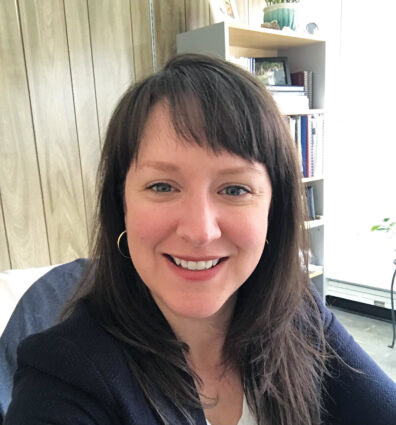
Assistant Professor, Washington State University
When it comes to agricultural carbon sequestration, three of the biggest obstacles to measuring how much carbon is being stored in the soil are assessment costs, the variability in field locations, and the lack of good sampling protocols on extremely variable landscapes, like those found in the Pacific Northwest. Haly Neely, an assistant professor specializing in applied soil physics at WSU, is working on the problem. In her work, Neely focuses on soil physical properties, such as how fast water infiltrates soil and soil compaction. She and a team have recently submitted a project proposal to the Washington Grain Commission that might provide some answers.
“One of the things that we look at is soil organic matter. We kind of assume that the more carbon you have in your soil, the healthier it is, the better function it has, better infiltration rates, better nutrient cycling, on and on. But soil carbon changes very, very slowly, over decades, usually, and it is very variable in space. So, the bottom of the hill vs. the top of the hill can have very different organic carbon amounts. It’s difficult to assess it at a field scale at a scale that makes sense,” she explained.
The three-year project will use mid-infrared spectroscopy to determine the mineralogy and the amount and structure of organic carbon in the soil. That information will be paired with research on two different types of carbon in the soil that have different turnover rates — particulate organic matter (POM) and mineral-associated organic matter (MAOM). POM turns over every three to five years and includes the soil microbiome, like plant residue and bacteria. Neely said MAOM turns over much slower, measured in decades, but is very influenced by tillage. By measuring how the mid-infrared energy interacts with these two carbon pools, the team hopes to build a prediction model from a single field scan that can tell growers how their management decisions are impacting carbon sequestration.
“This method does a very good job at measuring the total amount of organic carbon, which is fine, but again, because it is so variable, we don’t know where to take the samples in the field. Because the total carbon changes very slowly, we don’t know if we are doing a good or bad job (with management practices). If we can measure the pools that change faster than the total, we can then get an idea of what’s shifting out there faster than measuring the total,” she said.
With the prospect that carbon markets will increasingly require outcome-based programs rather than practice-based programs — think payment on practices vs. payment on amount of carbon stored — growers need a reliable way to assess their carbon sequestration.
“We are going to have to get there. Right now, we don’t have a good way to assess an outcome-driven program. Where do you take the sample? Are things changing? Or did you happen to pull samples this year from the bottom of the hill so it looks like you have greater carbon, and next year you pull them from the top of the hill so it looks like you have less carbon?” Neely said. “The variability in space is much greater than the variability in time for organic carbon.”
To read about two companies that are offering carbon credit programs to Washington wheat growers, go here.



